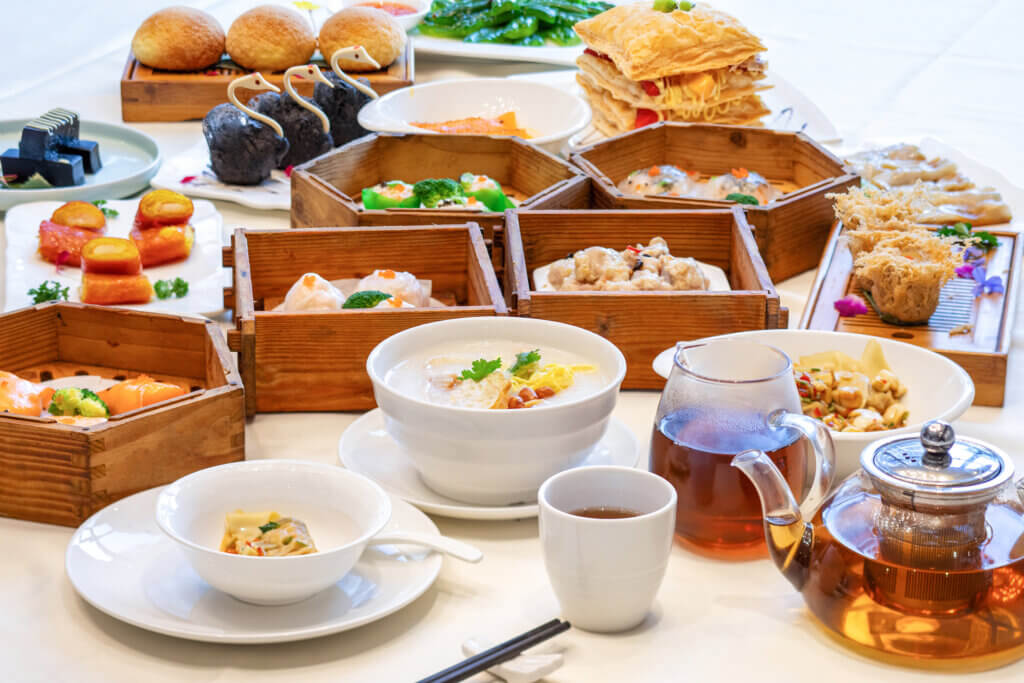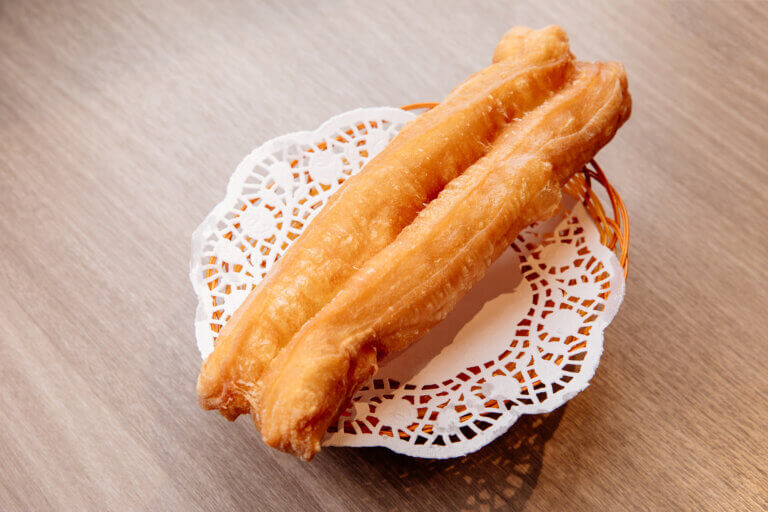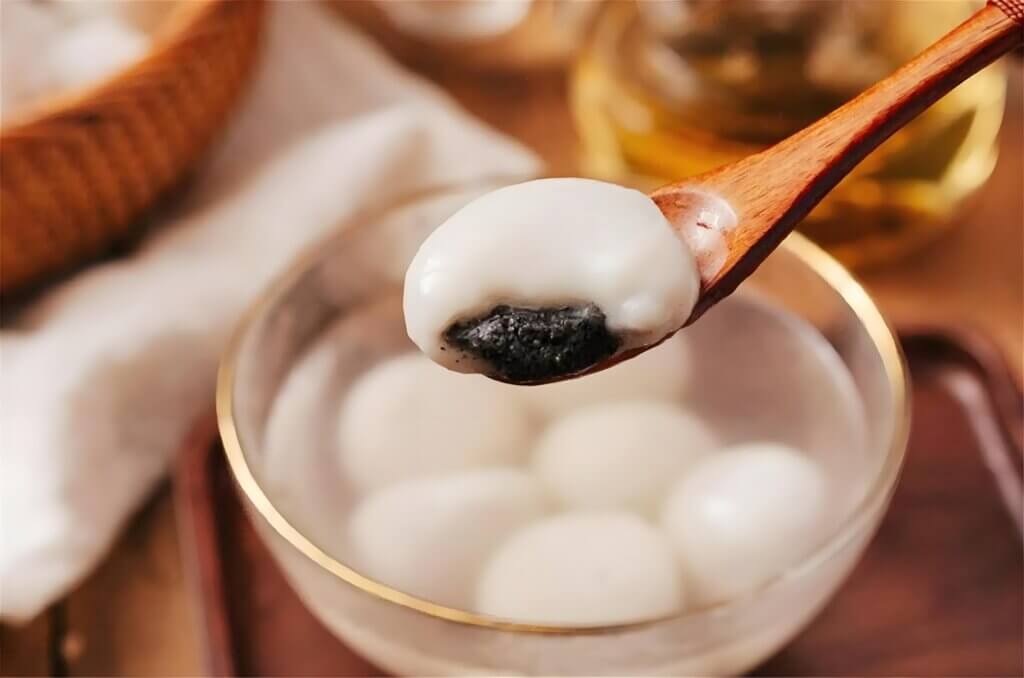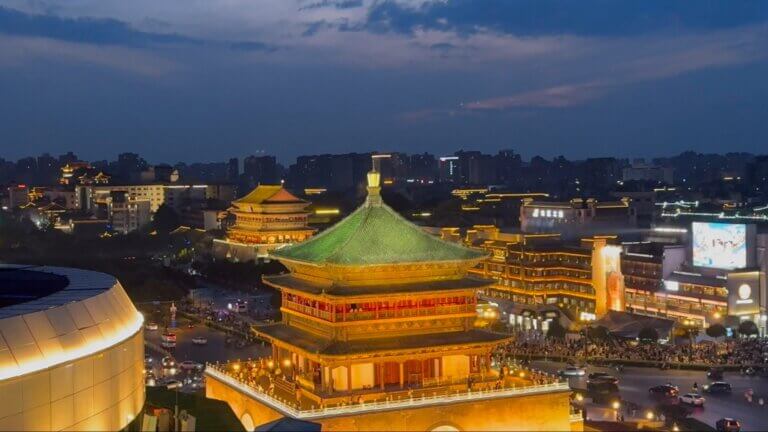
The Rhythm of Tea: A Dance of Ritual and Flavor
In Guangzhou’s labyrinthine alleyways, mornings begin with the clatter of porcelain and the earthy aroma of pu’er. Cantonese tea tradition isn’t just about drinking—it’s a social symphony where every gesture, sip, and steamed dumpling tells a story. Let’s unravel this ritual, one steep at a time.
1. The Unspoken Rules: Tea Etiquette 101
Long-Tail Focus: “How to Properly Pour Tea in Cantonese Tradition”
A teapot’s tilted spout isn’t just about gravity; it’s a language. Rule 1: Serve Others First. Fill your companions’ cups before your own—a gesture of respect. Tap two fingers lightly on the table (a silent “thank you”) when someone refills your cup. Legend traces this to an emperor’s incognito tea sessions, where kneeling was replaced by discreet finger taps.
Rule 2: Never Let the Pot Go Dry. A half-filled pot is a social faux pas. Keep replenishing hot water (free in most teahouses) to maintain the tea’s strength. Pro tip: Use the lid to skim off stray leaves for a smoother brew.
Rule 3: Avoid the “Beggar’s Pour.” Pouring tea with the lid askew or holding the pot too high signals desperation. Keep the spout close to the cup for a controlled, graceful stream.
2. Dim Sum Duets: Pairing Tea with Bites
Long-Tail Focus: “Best Dim Sum to Pair with Chrysanthemum Tea”
Tea without dim sum is like a drumbeat without melody. Each tea variety harmonizes with specific bites:
- Pu’er (8–15/pot): Bold and earthy, it cuts through fatty roast pork buns (4–6).
- Jasmine (5–10): Floral notes elevate shrimp dumplings (5–8).
- Chrysanthemum (6–12): Sweet and cooling, perfect with egg tarts (3–5).
Avoid overpowering delicate teas like Longjing with spicy dishes—opt for oolong instead.
3. Hidden Teahouses: Where Tradition Meets Vibe
Long-Tail Focus: “Authentic Cantonese Tea Houses Off the Tourist Trail”*
Skip the flashy chains. Seek these gems:
- Lin Heung Tea House (荔园茶居): A 1920s relic with mosaic floors and trolley-pushed dim sum (10–20/person).
- Yuè Xiu Tea Room (越秀茶室): Nestled near Baiyun Mountain, it specializes in aged tangerine peel pu’er (15–25).
- Cha Dao (茶道): A modern-minimalist spot offering tea ceremonies with English guides (30–50/session).
Pro tip: Arrive before 9 AM to dodge crowds and snag freshly steamed har gow.
A Tea Lover’s Budget Breakdown
- Budget-Friendly: 15–25/person for tea and 3–4 dim sum plates.
- Mid-Range: 30–50 for premium teas and signature dishes.
- Splurge: $80+ for private tea ceremonies with master brewers.
Conclusion: Brewing Memories
Cantonese tea tradition isn’t a museum exhibit—it’s a living, steeping art. Whether you’re tapping fingers in gratitude or savoring a $4 egg tart, every sip connects you to Guangzhou’s heartbeat. So, grab a pot, pour with purpose, and let the leaves whisper their stories.






